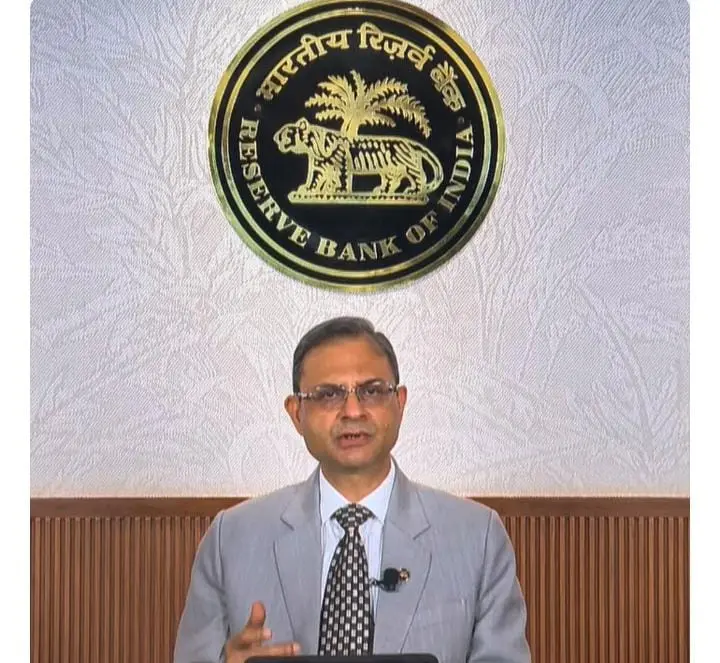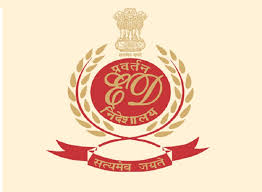New Delhi: Own Source Revenue (OSR) generation for panchayats remains low, with the income through tax collected by the rural local governance bodies on an average being just Rs 59 per capita between 2017 and 2022, according to government data.
Even as the generation of OSR for panchayats has come into focus to give these rural bodies more financial autonomy, according to the data compiled by the Panchayati Raj ministry, between 2017 and 2022, only an amount of Rs 5,118.98 crore was raised as OSR by the panchayats.
This comes down to Rs 59 per capita and Rs 2.27 lakh per panchayat over the five-year period for 2.25 lakh gram panchayats across the country. The total population coming under these panchayats was more than 86.95 crore in the said period.
Among the states, Gujarat collected the highest amount as OSR at Rs 829.75 crore, while Kerala came second collecting Rs 802.95 crore.
Andhra Pradesh, which raised Rs 791.93 crore, occupied the third position, followed by Karnataka (Rs 627.56 crore), Tamil Nadu (Rs 516.3 crore) and West Bengal (Rs 435.17 crore).
In terms of the per capita OSR raised by the panchayats, Goa topped the list with Rs 1,635 raised in taxes per person, followed by Puducherry, which raised Rs 757 per capita.
At a one-of-its-kind conclave organised by the Panchayati Raj ministry recently, in which representatives from the 16th Finance Commission participated along with officials from the ministries of Panchayati Raj, rural development, finance, housing and urban affairs, experts and representatives from the state finance commissions and other relevant institutions, the issue of panchayats raising their own resources was discussed.
However, according to the information shared by the ministry at the conclave, Arunachal Pradesh, Bihar, Jharkhand, Manipur, Nagaland, Sikkim, Uttar Pradesh, the Andaman and Nicobar Islands, Dadra and Nagar Haveli and Daman and Diu, Ladakh and Lakshadweep are among the states and Union territories that do not have OSR rules.
Andhra Pradesh, Assam, Chhattisgarh, Goa, Gujarat, Haryana, Himachal Pradesh, Karnataka, Kerala, Madhya Pradesh, Maharashtra, Mizoram, Odisha, Punjab, Rajasthan, Tamil Nadu, Telangana, Tripura, Uttarakhand, West Bengal and Puducherry, meanwhile, have framed these rules.
Panchayats, which act as grassroot-level bodies to implement government programmes and for achieving the sustainable development goals, get grants from the Centre, state governments, as well as raise their own revenue in a limited way through internal sources like local-tax revenues and user charges, and from external sources, including grants from international bodies like the World Bank.
The total 15th Finance Commission fund allocation to rural bodies is around Rs 2.36 lakh crore (2021-22 to 2025-26). Of this, around 60 per cent is “Tied Grants”, which include heads like drinking water supply, rainwater harvesting, sanitation and maintenance services, while around 40 per cent is “Untied Grants” for improving basic services.
For panchayats to generate OSR, the states may authorise them to levy taxes, duties, tolls and fees, and it strengthens the panchayat identity as a local government through tax-based OSR. However, limited elected representatives’ hesitance and administrative limitations often restrict it.
Matching grants based on OSR have been used as one of the ways by the Centre to encourage panchayats, like in the Andaman and Nicobar Islands, up to three times of the OSR is given as incentive.
Sharing of royalties from local mining and Goods and Services Tax (GST) and District Mineral Fund (DMF) revenues with gram panchayats are among other the means for these rural bodies to raise their own revenue.
The government has also been pushing for the utilisation of tools like the SVAMITVA data for property-tax assessments to enable the rural local bodies to raise more funds.




